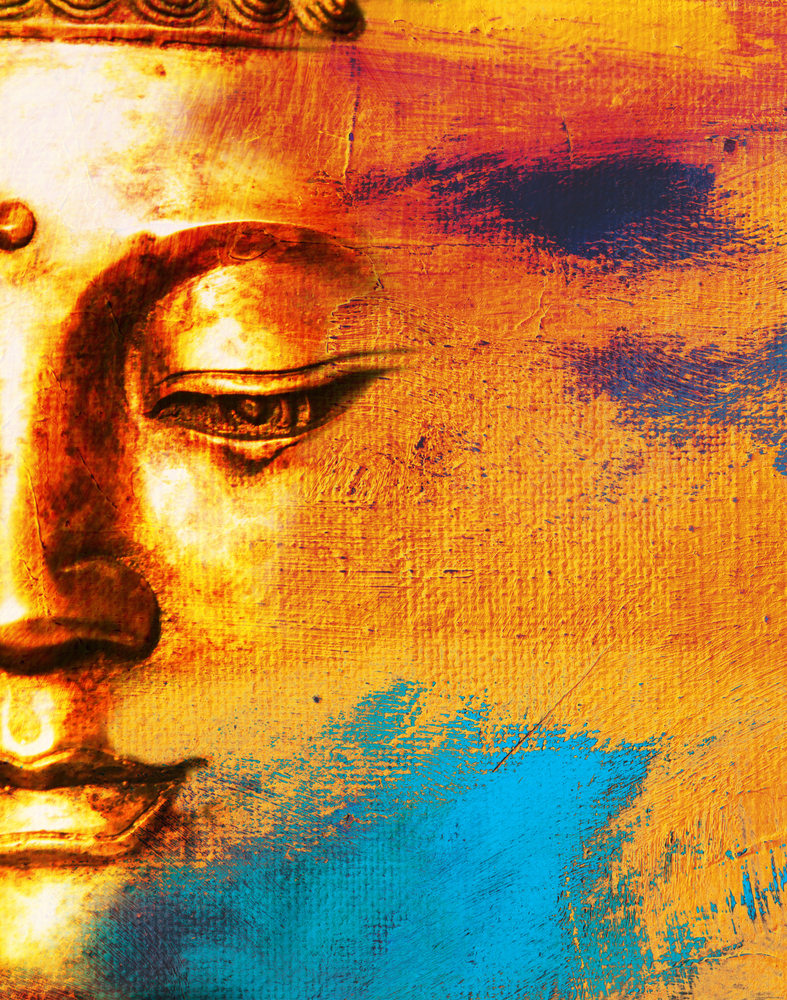“Without self knowledge, without understanding the working and functions of his machine, man cannot be free, he cannot govern himself and he will always remain a slave.” – G.I. Gurdjieff
As we try to steady the mind, the most common difficulties that arise in practice are called by the Buddha the hindrances. When we are caught in these hindrances, they hinder us from seeing with clarity and compassion. They inevitably arise for all who meditate.
The wisest approach to these hindrances is illustrated in the story about the spiritual teacher Gurdjieff:
There was an old man in Gurdjieff’s community who was difficult for everyone to live with. He was argumentative, obnoxious, noisy, and smelly, an all around troublemaker. After many months of conflict with the other community members, this old man gave up. He decided to leave and return to Paris. When Gurdjieff heard about this, he was upset. He went directly to Paris, found the man, and with great effort, convinced him to come back, but only by offering him a big monthly stipend. Everyone else paid to study with Gurdjieff, but this man was getting paid! When the other students saw him return and found out he was actually being paid for to be there, they became quite upset. When they complained to Gurdjieff, he explained: “This man is like yeast for bread. Without him here you would not really understand the meaning of patience, the meaning of loving-kindness or compassion. You would not learn how to deal with your own anger and irritation. So I bring him here. You pay me to teach and I pay him to assist.”
The practice of developing patience and compassion with the hindrances and blockages means allowing them to arise and observing them with mindful loving awareness. Give them space to open and show themselves fully. Let them tell their limited story without being afraid of them. Hold them in a field of compassion.
We can use them as an opportunity to learn directly about anger, fear, and desire. We can be steady and even gracious as they come and go. We can learn how to relate to them without being so identified, without resisting, without being caught up in them. This is a really valuable practice.
This is an excerpt from ‘Bringing Home the Dharma: Awakening Right Where You Are‘





